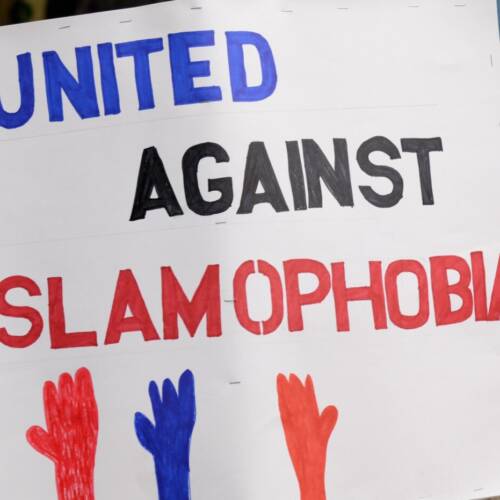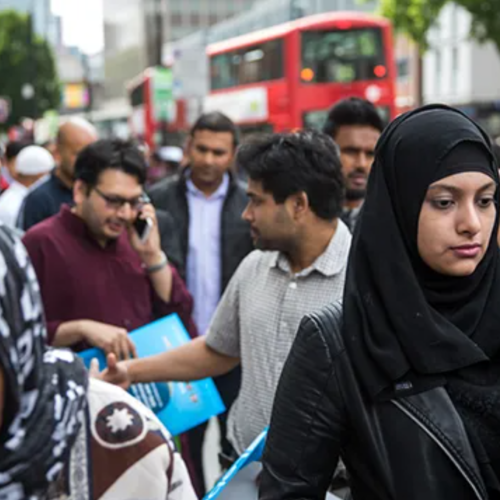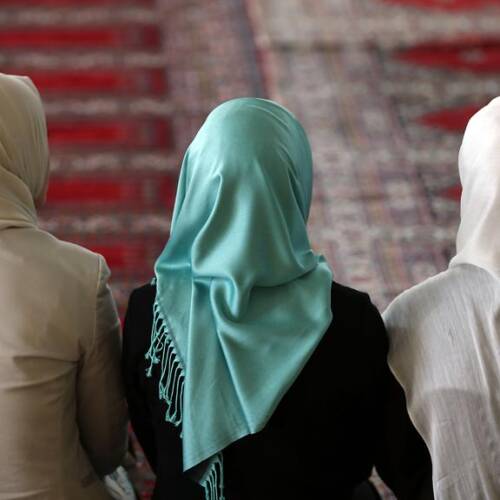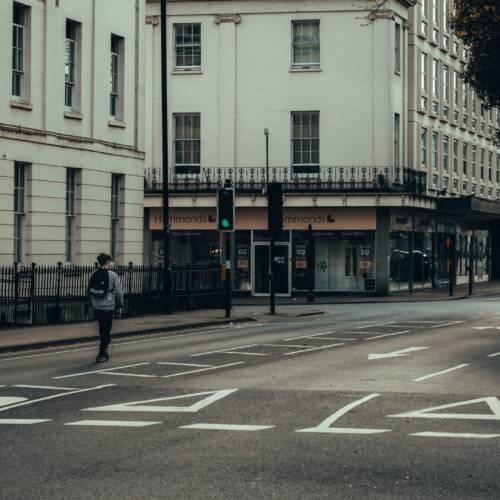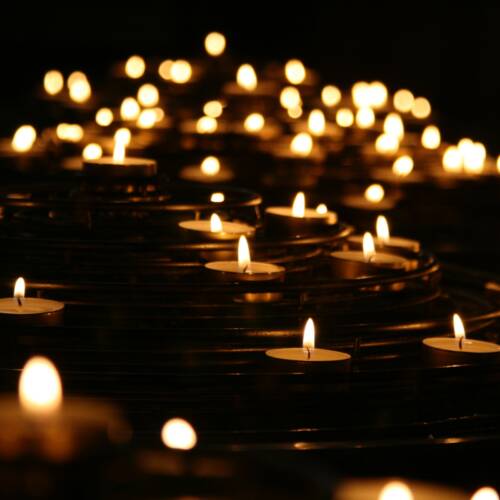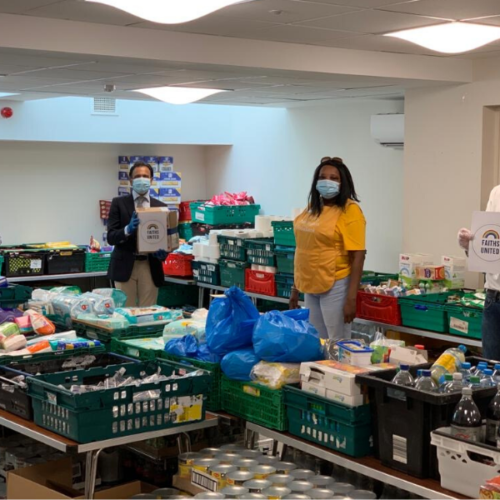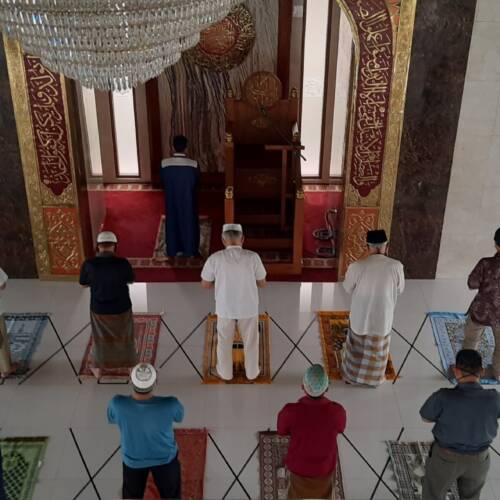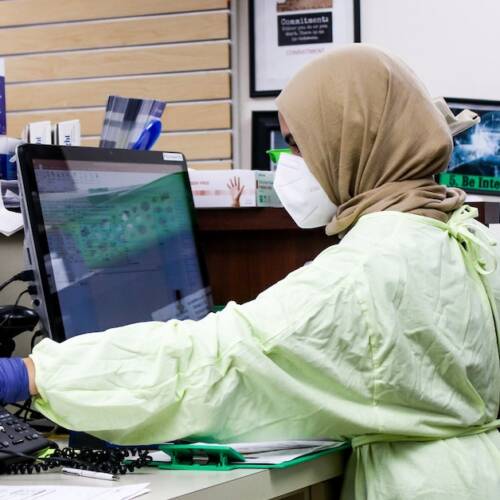
Many UK Mosques to Remain Shut Despite Loosening Lockdown
11 Jun 2020The British government is preparing for the gradual easing of the coronavirus lockdown. Last week, it announced that places of worship, including mosques, could reopen by June 15 for private worship, so long as they followed social distancing guidelines.
The government’s advice, however, has been roundly criticised by Muslim leaders and organisations for being unclear and lacking any understanding of how other religious communities use their places of worship. Imams and mosque membership organisations have, instead, recommended that mosques should not reopen until they can hold full congregational prayers.
Some mosques are struggling to decide how to balance the desire to reopen to serve its local community to pray in smaller congregations with self-assessed social distancing measures in place, while the majority of mosques across the UK have announced that they will remain shut until full congregational prayers can be resumed safely, given the practical difficulties of managing social distancing measures with the unconventional hosting of private worship and multiple smaller congregations.
Places of worship can reopen by June 15 so long as social distancing is observed
The government advice on the places of worship reopening was presented as part of plans for a wider, “phased reopening”. Government officials said that the plans to reopen could go ahead so long as social distancing can be observed.
However, the plans for the phased reopening were criticised by a number of leading Muslim figures. Imam Qari Asim, the chairman of the Mosques & Imams National Advisory Board (MINAB) warned unlike other places of worship, mosques are spaces for congregational worship and attempting to implement social distancing when the community expects the continuation of communal worship would present more challenges.
Harun Khan, the Secretary-General of the Muslim Council of Britain has also implored the government to provide “unambiguous guidance” to ensure the safety of all worshippers.
The government’s ambiguous strategy has meant that some mosques across the country have been struggling to work through the dilemma, while most have taken the lead in deciding that it is not safe to open at all. The Chairman of the Brighton Mosque and Muslim Community Centre, Asim Takriti, said that the idea of opening the mosque is to get people together and warned that implementing social distancing on Friday prayers would be impossible. He accepted that the seeing the mosques reopen is important for the community but said that he understands why many mosques are unwilling to open.
Indeed, a number of local Muslim organisations, such as the Federation of Muslim Organisations (FMO) in Leicester, announced that mosques affiliated with it would remain shut past the June 15 reopening date. FMO spokesperson, Suleman Nagdi, said that the community appreciates the steps to reopen places of worship but felt that the congregational nature of mosques renders the advice given by the authorities so far as not feasible.
What steps must mosques follow should they decide to reopen?
The British government stated that before places of worship can reopen, they need to take a number of steps to ensure the safety of the worshippers. These steps were further complemented by a number of organisations to complement government advice, which some critics have found lacking.
Step 1: Planning How and When the Reopening Will Happen – Places of worship are required to plan the legal, medical and logistical dimensions of reopening and how such reopening would look like. They will also need to appoint a COVID-19 safety officer and get advice from insurers.
Step 2: Planning the Space – Places of worship will need to decide if prayers will be held inside or outside and if additional spaces such as parking spaces are available. Prayer spaces will need to be marked with tape and maximum safe capacity – typically at 15% to 20% of maximum capacity – will need to be calculated. Toilets and, in the case of mosques, wudhu (ablution) areas, will need to be closed. They will also be required to keep clear entry and exit routes and plan clean-up after prayers.
Step 3: Planning the Equipment – Places of worship will need to build signage and reconfigure spaces and ensure the changes are clearly communicated. Changes to payments to avoid cash exchange will need to be made and measures to ensure that clergy and volunteers have appropriate PPE. Worshippers will need to bring their own PPE and other items. Long term improvements and adjustments for the future will need to be planned.
Step 4: Staff and Volunteers – Places of worship will need to appoint and train volunteers for COVID-19 safety, crowd management, clean-up and community education.
Step 5: Community Training – Places of worship will need to train their local communities on the changes including on who should come, on social distancing, on bringing their own equipment, on using PPE and, in the case of Muslims, performing wudhu (ablution) at home.
Step 6: Planning Pre-Prayers – Places of worship will need to plan entries and exits, queues, attendance (with a pre-booking recommended) and other measures to prevent crowding.
Step 7: Planning the Prayer – Places of worship will need to ensure attendees pray apart from one-another, sermons are kept shorter, multiple congregations are held, and encourage attendees to pray at home.
Step 8: Planning the Post-Prayer – Places of worship will need to ensure cleaning is done including the disposal of PPE, ensure no socialising after the prayer takes place, put reminders for online events and that the place is locked between prayers.
Step 9: Plan for Problems – Expect problems including about complaints and how they will be managed, the possibility of a member testing COVID-positive, issues with local authorities while supporting those who should not be attending prayers.


